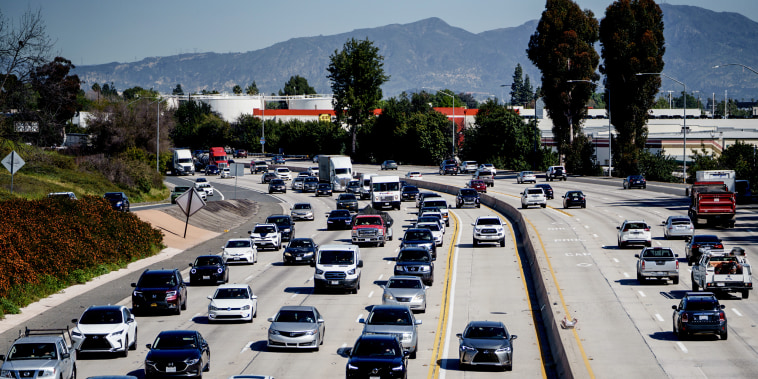
Revving Up Inflation: The Impact of Auto Insurance Costs on Your Wallet
Inflation may be a familiar term in financial discussions, but its intricate impacts extend far beyond the realm of traditional economics. One notable sphere where inflation has wielded significant influence is in the realm of auto insurance. The intersection of insurance pricing and inflation reveals a complex web of factors that have shaped the landscape of the auto insurance industry.
At the heart of the matter lies the inherent volatility of insurance pricing in a constantly evolving economic environment. Inflation exerts pressure on essential components of insurance, such as repair costs, medical expenses, and the value of vehicles. As these underlying factors experience inflationary pressures, insurers are compelled to adjust their pricing models to reflect the changing economic reality. This phenomenon leads to an upward trend in insurance premiums, as insurers seek to maintain profitability and cover the increasing costs associated with claims and payouts.
Furthermore, inflation can contribute to a rise in the frequency and severity of insurance claims. Economic instability and rising costs can drive individuals to prioritize financial security, potentially leading to an uptick in fraudulent claims or attempts to maximize insurance payouts. This dynamic not only strains the resources of insurance companies but also trickles down to affect policyholders through increased premiums and deductibles.
The relationship between inflation and auto insurance pricing underscores the interconnected nature of the broader economic landscape. As inflationary pressures continue to shape market dynamics, policymakers, regulators, and industry stakeholders face the challenge of navigating this complex terrain to ensure the sustainability and affordability of insurance coverage for consumers.
In response to these challenges, insurers are exploring innovative solutions to mitigate the impact of inflation on insurance pricing. Advanced data analytics, predictive modeling, and risk assessment tools are being leveraged to enhance pricing accuracy and identify emerging trends in claims patterns. By harnessing the power of technology and analytics, insurers can adapt to the evolving economic environment and optimize their pricing strategies to align with changing market dynamics.
Ultimately, the confluence of inflation and auto insurance pricing illuminates the intricate interplay between economic forces and consumer financial well-being. As inflation continues to exert its influence on insurance markets, a proactive and collaborative approach among industry stakeholders will be crucial in navigating the complexities of this evolving landscape and ensuring the long-term sustainability of insurance coverage for all consumers.
